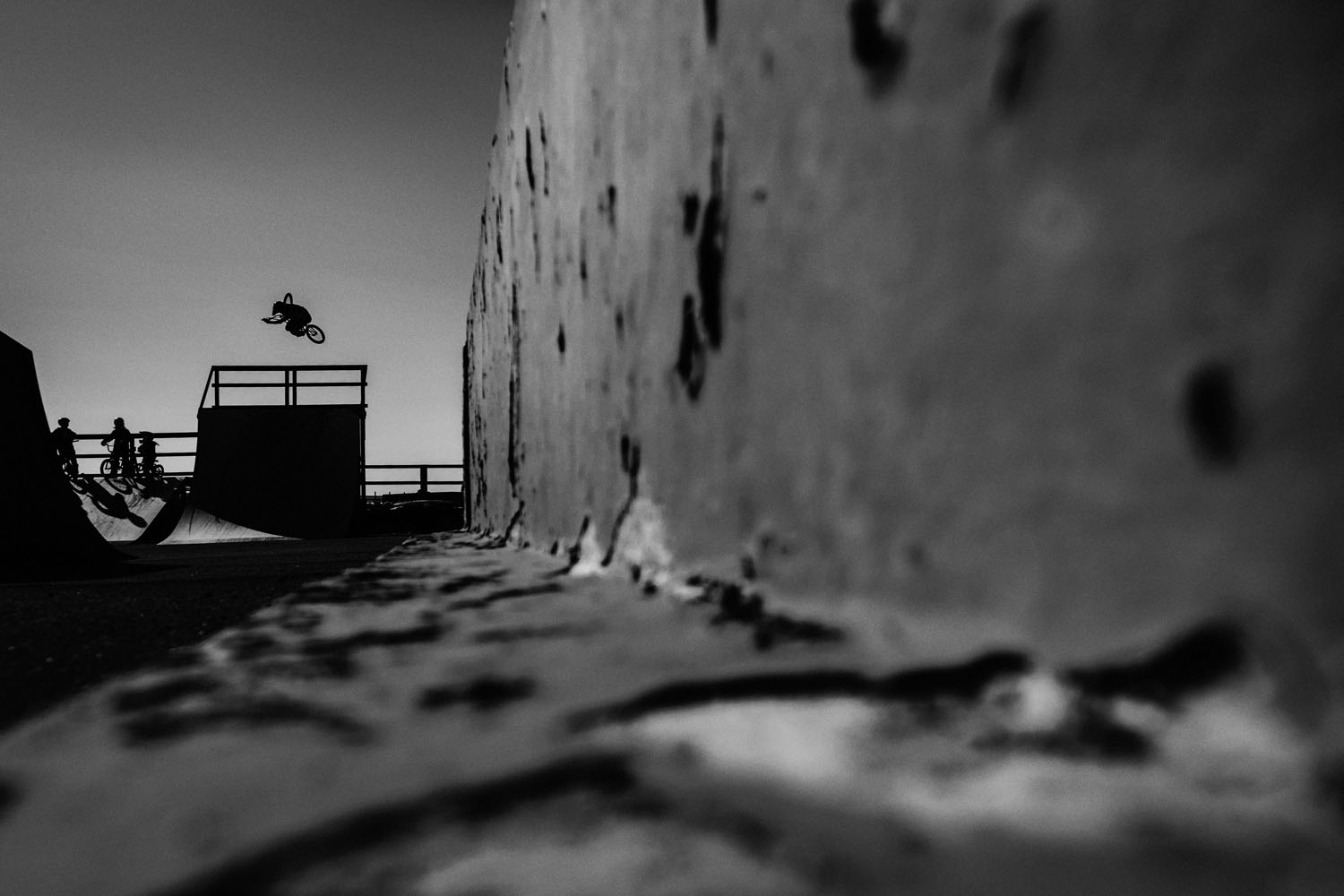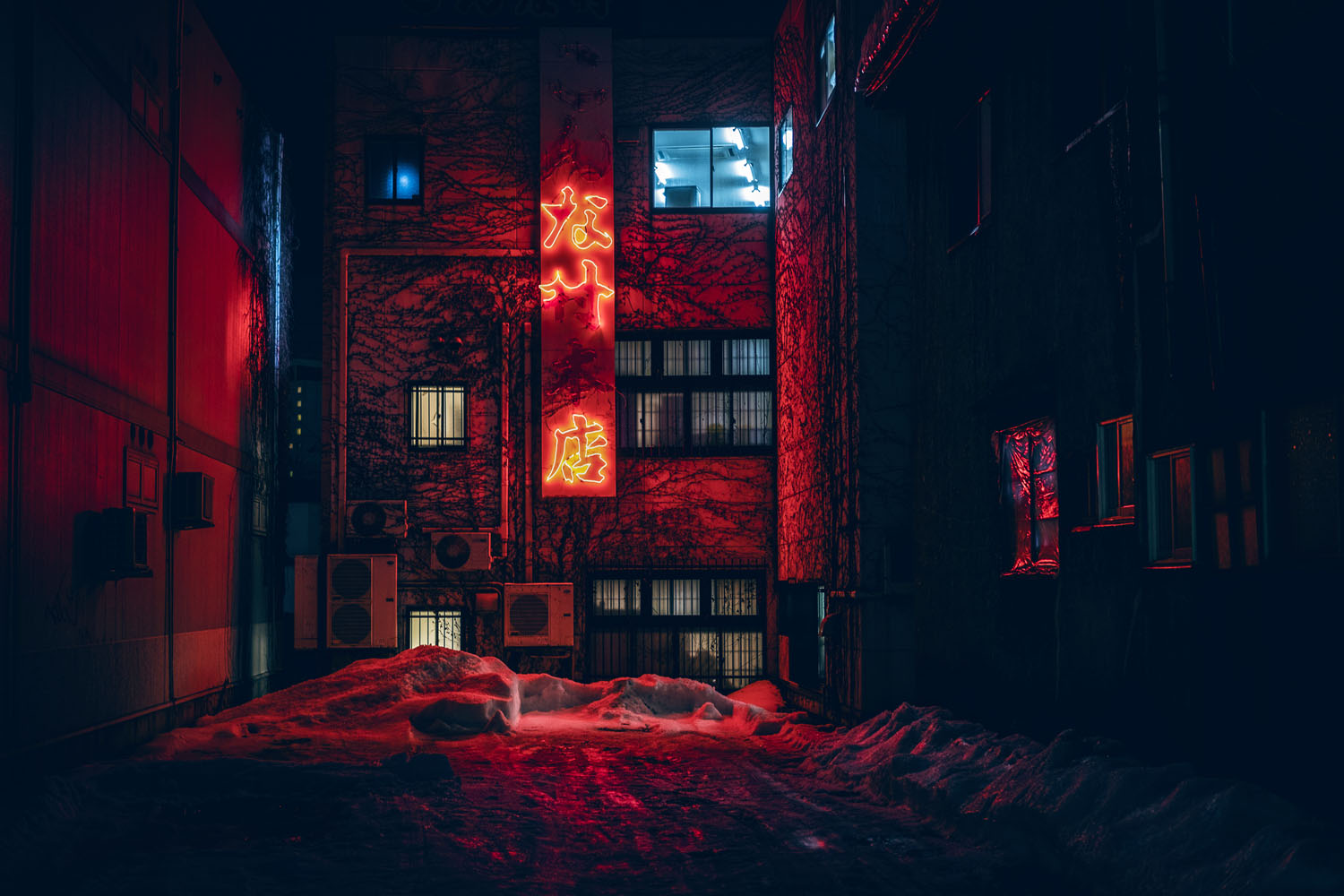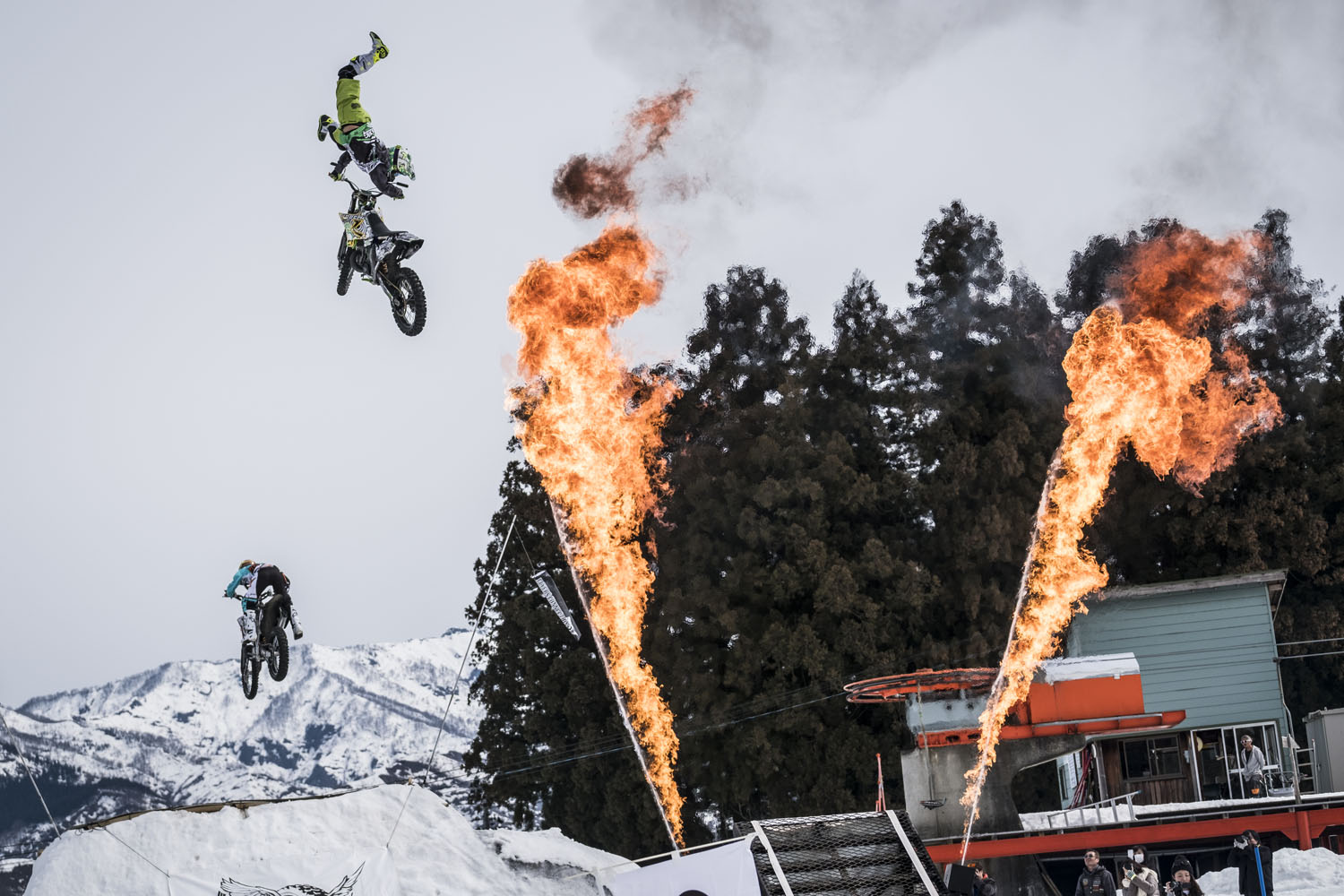
Jason Halayko in Red Bull Air Race Pt.1
I was born in Victoria, B.C., Canada, but have called Japan my home for the past 13 years. Over this time I have worked in several different fields, but one thing that has always stayed consistent is my love of photography. Now I am lucky to call photography my profession, and enjoy shooting everything from breakdancing and DJing to BMX and FMX, with the odd university graduation ceremony on the side. Ever since I saw my first FMX event I dreamed of making action sports photography my profession, and nearly ten years later I am happy to say I have succeeded in this dream.
As a large portion of my professional work is in action sports photography, I have used Nikon DSLRs ever since they started being available well over 10 years ago. For action sports photography in particular, DSLRs have been at the pinnacle of performance and quality when shooting fast moving subjects in a variety of challenging locations; but this is starting to change. Seeing some of the new mirrorless cameras coming onto the market, and talking with other professional photographers who have incorporated them into their workflow, I felt my shooting style might benefit from the unique qualities of these mirrorless cameras. Seeing the performance and design style of the Fujifilm cameras that are now available, I felt they were the best option, and now use a FUJIFILM X-Pro2 alongside my Nikon D4s.
Over the last few months I have been able to use the new FUJIFILM X-Pro2 when shooting various action sports (FMX, BMX, etc.), and although it is not a perfect camera, I am quite happy with the results in most shooting environments.
To begin, one big difference between the X-Pro2 and my Nikon D4s is the size and weight difference of the two cameras. My D4s is massive, and quite heavy when compared to the X-Pro2. If you are only shooting casually for a couple hours this might not be an issue, but when shooting an event from 9am to 6pm, you will for sure notice the difference. Saying that, even though the X-Pro2 is small by comparison, the build quality is strong and robust enough that I am not afraid of it getting knocked around a little in the field. Also, sometimes when shooting sports like BMX I will have to travel the city with the riders by bicycle or even a skateboard. Having my D4s in my bag with all my lenses makes this quite tiring and cumbersome, but with the X-Pro2 and and a few FUJIFILM lenses my bag is exceptionally lighter, which makes the day much less physically taxing on my body.
As far as image quality is concerned, for the most part I am very happy with the files the X-Pro2 produces. At low ISOs the image quality is amazing, and even seems better than my D4s in some situations. However, as expected, when getting up into the higher ISOs (4,000 +) I think my D4s wins out. But I have not done any thorough testing comparing the ISOs at high levels, this is more a feeling I have from my own personal experience shooting in the field.
Now although there are many other aspects of the X-Pro2 I could go into here, I think for action sports photography my main concerns are focusing and being able to clearly follow my subject while panning a shot. First, with concerns to focusing, there are generally two types of focusing I will do when shooting action sports. One is pre-focusing, where I would pre-focus my shot on something located where I know my rider will pass over/through, then shoot when they reach the exact spot I want them to. For this the X-Pro2 works great. The auto focus is fast and accurate, and just works like I would want it to. The second type of focusing I often do is continuous focusing, and this is done where I am trying to follow the movement of a moving subject and continuously shoot images. In these situations my D4s seems to win out, but not so much for its ability to keep focus of the subject, as the X-Pro2 did this quite well in several situations, but what I was seeing through my viewfinder on the D4s was clearer and had less interruptions. What I mean is, when shooting rapidly with the optical viewfinder of my D4s I can still clearly see my subject (even when shooting 11 frames/sec) which allows me to easily track them. However, I found with the X-Pro2 the video viewfinder would sometime be jerky or skippy, causing me to loose the subject. I know I can change the view finder to an “optical like” viewfinder, but if you have tried this when zoomed into 100mm you know it can be quite tricky to properly frame your image.
My next big job is the Red Bull Air Race in Chiba this coming weekend and I am looking forward to seeing how I can utilise the X-Pro2 along side my Nikon D4s. To prepare for the shoot I am looking back through my images from last year to see what shutter speeds I was shooting at (as you don’t want to shoot so fast that the propellers are stopped, but not so slow that everything is blurred), and I have gotten a 100mm-400mm lens for the X-Pro2 that I hope will let me get a little closer to the action than I did last year with my D4s. Also, I have been looking at maps of the course and visualising different shots that I might be able to get this year that I wasn’t able to get last year. I never make too concrete of plans for how I am going to shoot before an event, but I do feel that visualising how and where I want to shoot from is important for the Red Bull Air Race as the course is so much larger in scale than any other event being held here in Japan.
Continue to read Part 2:
Jason Halayko in Red Bull Air Race Pt. 2























































